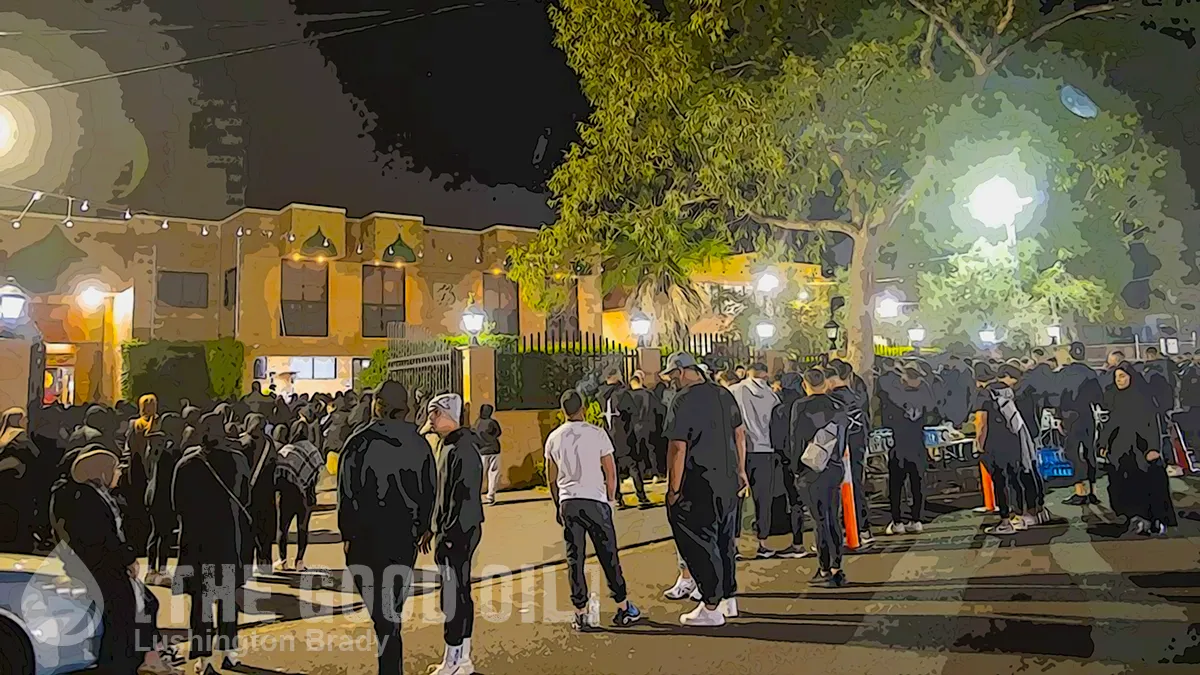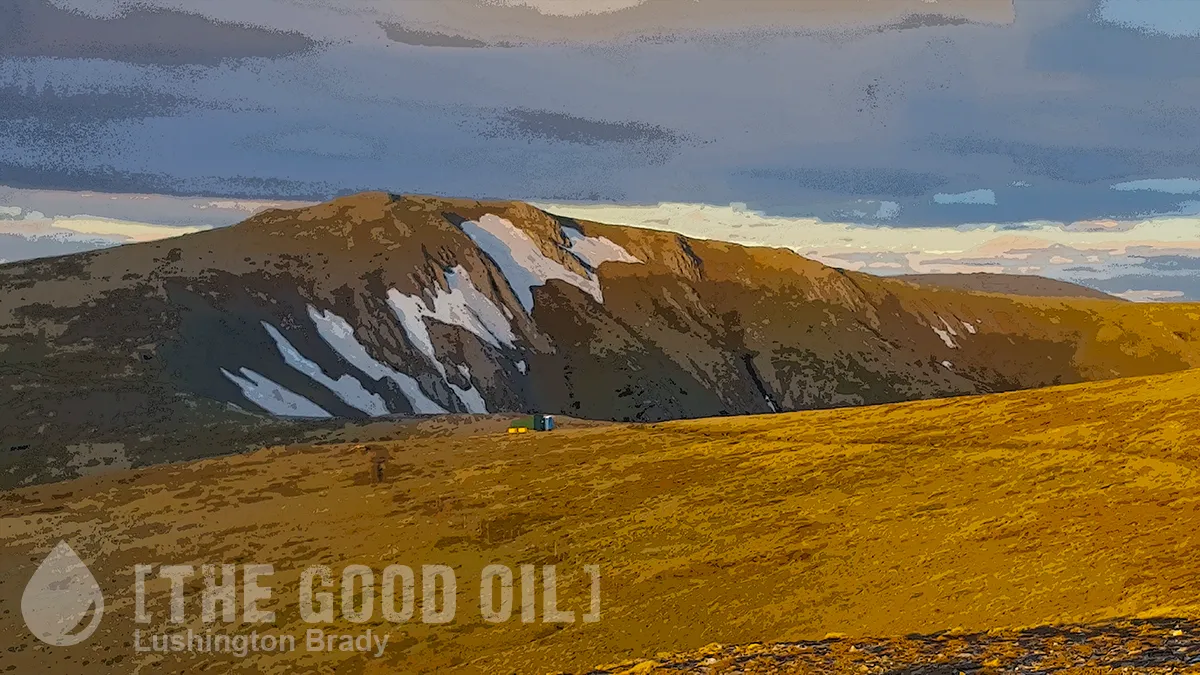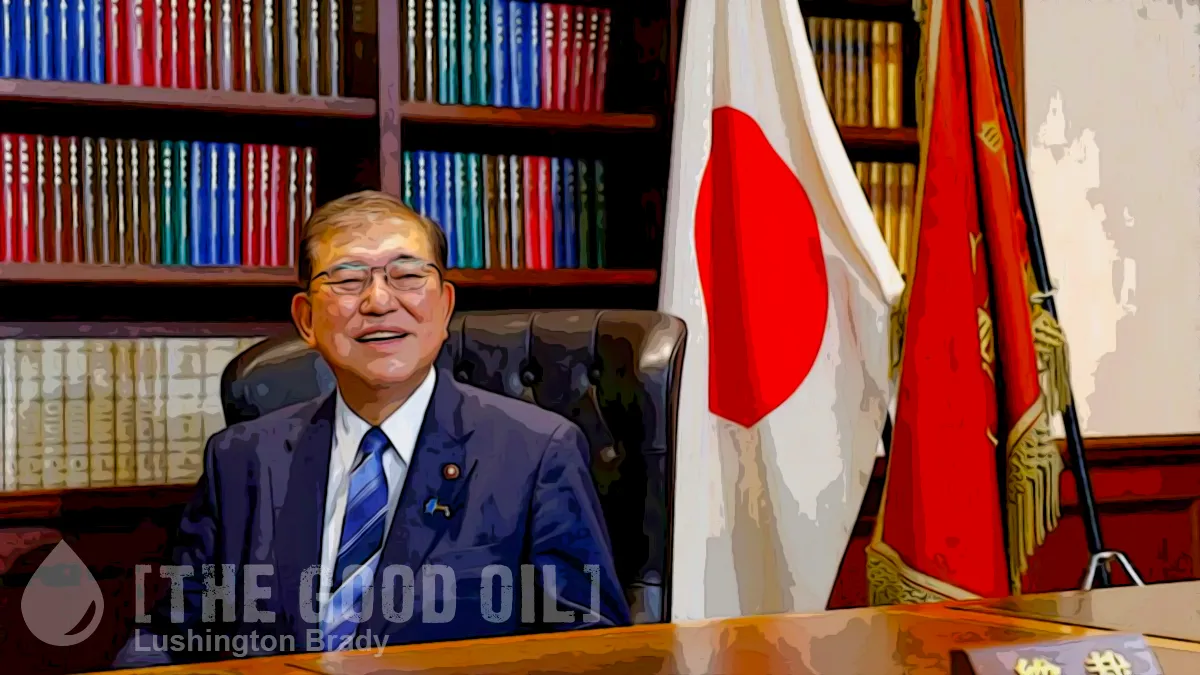In few policy areas is the yawning dissonance between the elites and ordinary Australians so stark as on immigration. Both major parties, big business and the media just love mass immigration – the more massive the better.
Ordinary people, on the other hand, are not so favourable. Opinion poll after poll shows that Australians – both native-born and immigrants – are not against immigration in itself, but are adamantly opposed to large-scale, mass immigration. This is hardly surprising: after all, it’s ordinary people, not politicians, moguls and journalists, who have to struggle with choked highways and schools, soaring house prices and spiralling waiting lists for services. As Mark Steyn says, the elite get all the benefits of mass-migration – cool ethnic restaurants and cheap nannies – without suffering any of the costs.
But for decades the elite have studiously ignored the clearly-expressed wishes of the people.
A recent Australian article summed up the great immigration divide neatly: while the journalist and a coterie of politicians and economists bewailed the projected COVID-induced 1.1 million reduction in immigration over the next decade, readers celebrated. “Great news. The population Ponzi scheme may have ended,” was a typical reader comment.
Some environment groups are actually agreeing with the great unwashed.
Ramping up immigration to pre-COVID levels as part of a Big Australia agenda is not what the majority of people want, environment group Sustainable Population Australia warns.
The group, which lists former Labor foreign minister Bob Carr among its patrons, said Australia was “big enough already” and welcomed the projected slowing of Australia’s population over the next decade.
“Opinion polls repeatedly show that a majority of Australians do not want our population to grow much beyond its present size of nearly 26 million,” SPA president Sandra Kanck said.
“They do not agree with the idea of a Big Australia. We are big enough already.”
The environmental argument is that while Australia might be geographically vast, almost all of that vastness is arid, non-arable land. Unless the Big Australia enthusiasts want to turn Australia’s eastern coastal fringe into one, vast suburb, they have to admit that enough is enough.
Ms Kanck warned against increasing immigration to bolster the post-COVID economic recovery.
“The slowing of Australia’s population growth due to COVID-19 has provided a fortuitous opportunity to reset our priorities for the future of Australia,” she said.
We do not want a return to the red-hot rate of population growth we have had for the first two decades of this century. Our future does not lie in perpetual, unsustainable, population growth.
“We disagree with the Statement’s assumption that we ought to be ramping overseas migration (NOM) back up to 235,000 by 2028-29, close to pre-COVID-19 levels.
“Ramping up immigration again is not a long-term solution to population ageing.
All that does is kick the can down the road another generation or so. In the meantime, working Australians have to suffer through the downsides of mass immigration that never trouble the elite lifestyles of the Big Australia cheersquad.
“Boosting the working age population through higher immigration has resulted in our labour market being oversupplied, contributing to youth unemployment, wage stagnation and rising inequality.”
The Australian
The trick, apparently, is to be on the right side of the inequality: mass immigration looks pretty good from the lofty heights of the elite. After all, there are bugger-all migrants in the nice suburbs.
Please share this article so that others can discover The BFD










